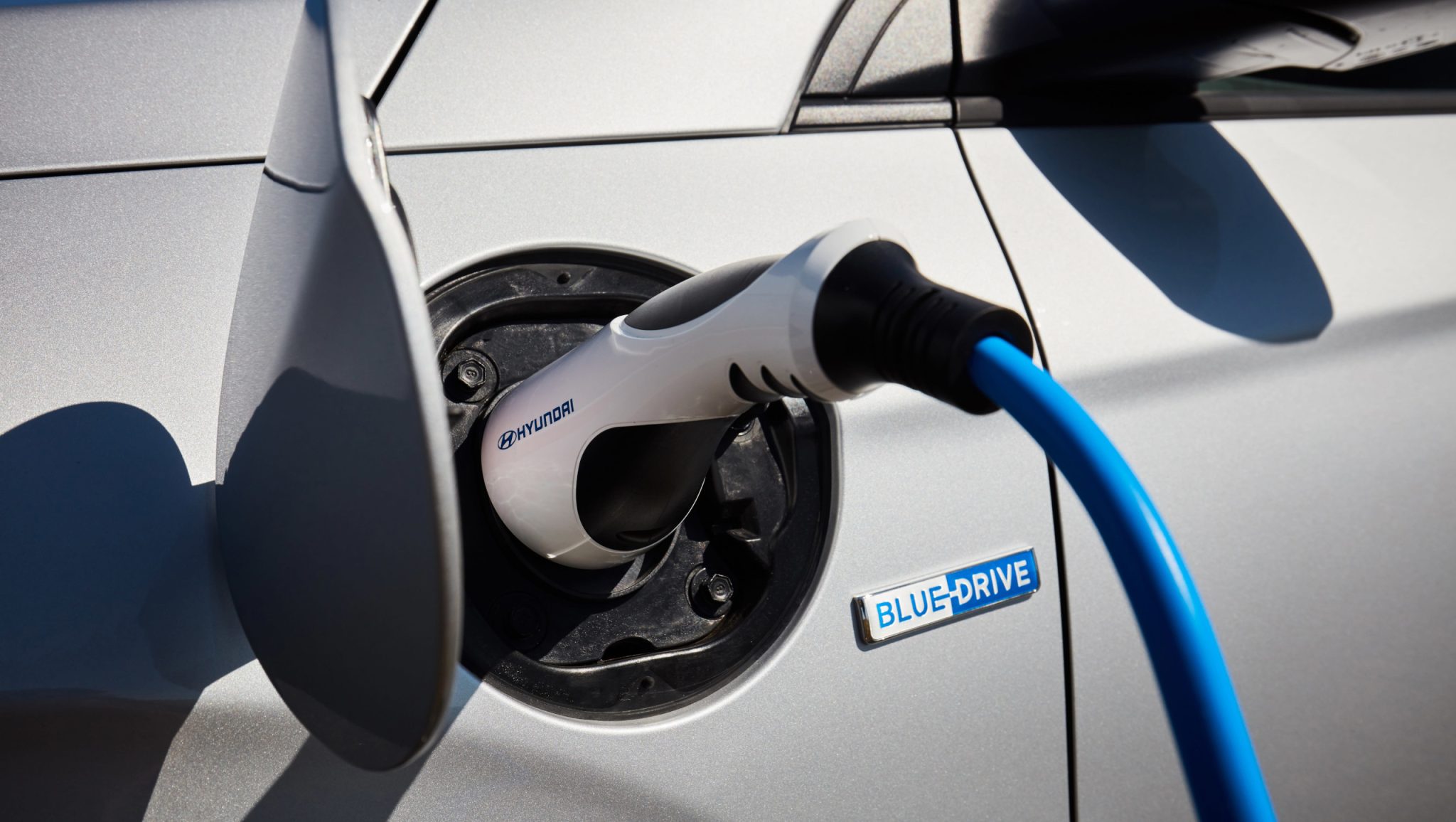Summary
- Hybrids and EVs are competing in the electrified vehicle markets
- Despite a strong 2020, EVs are not selling nearly as much as hybrids are
- Sales of EVs have plateaued out, even compared to equivalent hybridized cars still rising in sales
- The major factors behind the success of hybrids are fourfold: Price, availability, range, and convenience
- We think that EVs will still overtake hybrids eventually, but not as early as some analysts predict. We see it closer to 2030, not 2025
In the world of automotive technology, the competition between hybrid and electric vehicles (EVs) has been an interesting point of comparison. While EVs have been touted as the future of transportation due to their innovative features and perceived environmental benefits, hybrid cars have been making significant strides in the market.
Surprisingly, recent data suggests that hybrid cars are actually outpacing EVs in sales, sometimes at rates of 2:1 depending on market sector. In this article, we delve into the reasons behind this unexpected trend, exploring price and availability comparisons, advantages over EVs, and year-over-year sales analyses from the past few years.
Price and Availability Comparison with EVs
One of the primary factors contributing to the success of hybrid cars over EVs is their competitive pricing and greater availability. For example, take the Ford F-150, the best selling truck in the US by far.
The full EV, the F-150 Lightning, comes in at a base price of $49,999. This base truck can comfortably seat 5 adults (with a crew cab), has an estimated range of about 320 miles per charge, and can tow about 5,000 lbs without any special packages or additions.
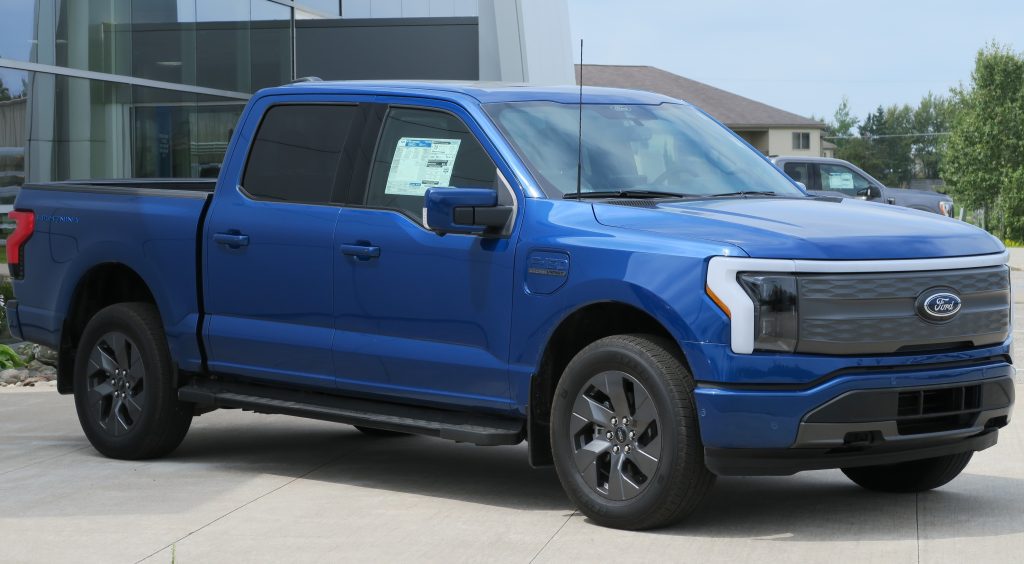
Comparatively, an F-150 Hybrid, of any trim level, has an out-the-door maximum towing capacity of 10,000 to 14,000 lbs depending on box size. It also has a range of 361 to 552 miles with the Powerboost 2.7L V6 Hybrid, and the base XL model comes in at $33,835.
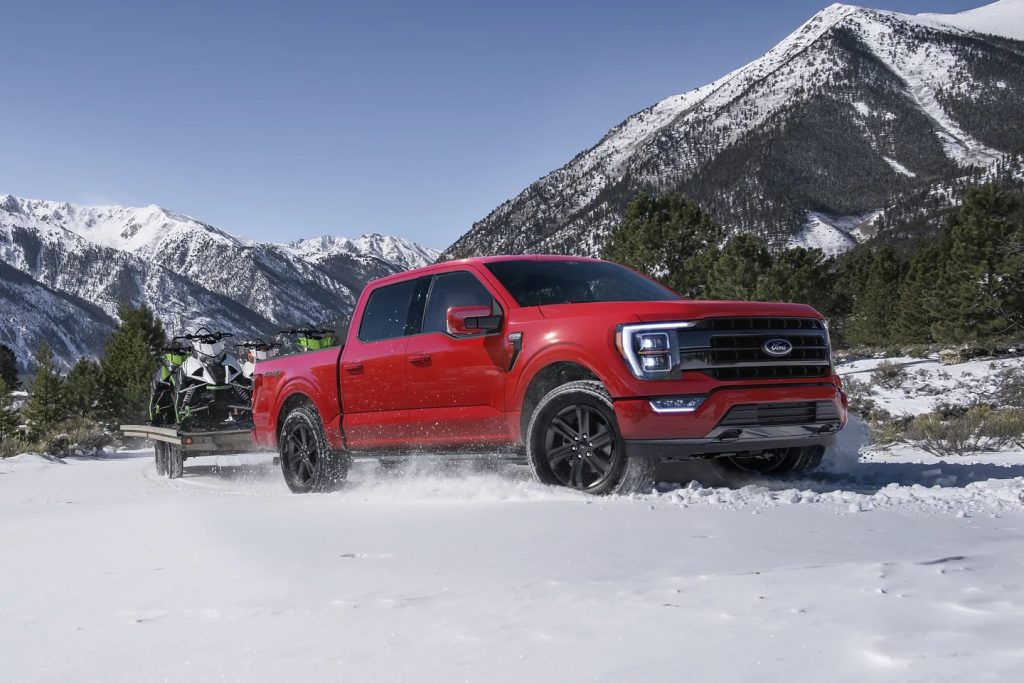
As well, you can walk onto any Ford dealer lot today, and be able to drive off the lot in a hybrid F-150 within a couple of hours, as there are millions of them across the nation. To get an F-150 Lightning, you’re far more likely to need to order one and wait a few months for it to arrive.
While this is just one example, it does highlight that pretty much any hybrid model, of any category from family hatchback to full-size truck, is instantly available should you want to buy one. Even Tesla, who make by far the most EVs in the world, still takes a month or two to get your newly ordered car to you.
Advantages vs. EVs
The biggest advantage of a hybrid over an EV is the elimination of range anxiety. A hybrid vehicle uses an alternator and standard battery to power most of the vehicle’s internal systems (infotainment, navigation, et al). An EV uses the battery to power everything, so the estimated range it gives you is very unlikely to be its real range.
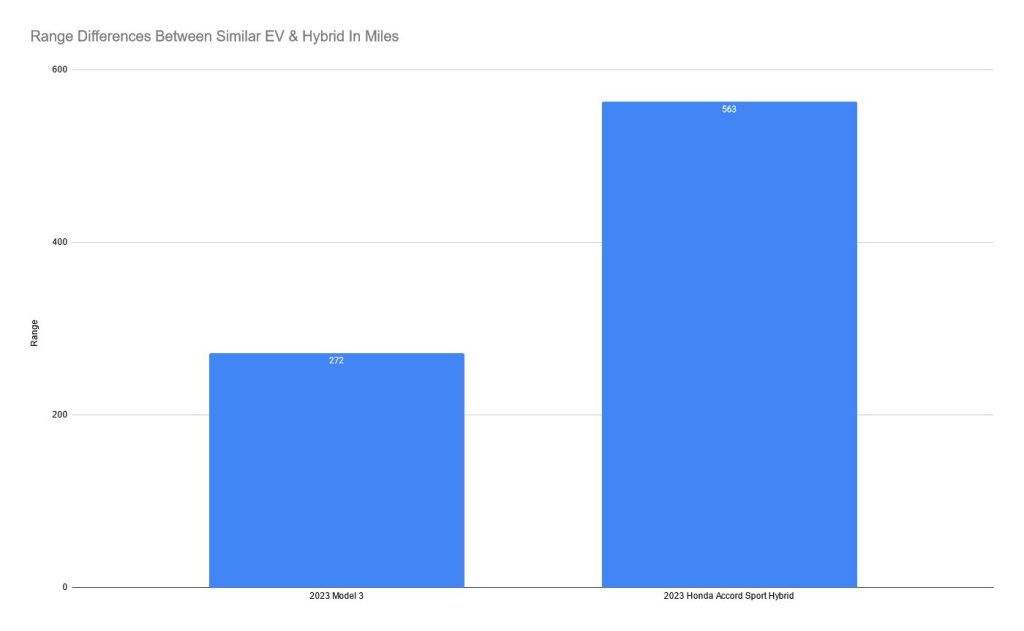
As well, a hybrid can give astounding fuel efficiency, sometimes doubling or better the range of an equivalent EV. Compare a Tesla Model 3 at $35, 990 with a 272 mile range, and a 2023 Honda Accord Sport Hybrid at 32,895 with a 563 mile range. As well, that Accord will still have infotainment, heated seats, air conditioning, all the expected features of a family sedan and still double the Model 3’s range.
One of the unseen advantages is also that hybrids are much less expensive to service. As they are technically “a normal car,” with an engine and pretty standard infrastructure, they are able to be serviced at many more dealerships or even at the side of the road in a pinch. EVs need specialist technicians, and apart from changing tires, almost everything about them needs lengthy service stays at the dealership or mechanic’s shop.
Year Over Year Sales Analysis 2020 to 2023
Initial projections in 2020 favored consumer adoption of EVs, expecting widespread sales. Hybrid vehicles have consistently maintained a strong presence, however, and except for a very brief period at the start of the global pandemic, have not dropped below the number of EV sales quarter to quarter, let alone year-over-year.
In 2020, EVs dominated headlines with ambitious sales targets and growing consumer interest in electric mobility. In realistic terms of sales, it was the year of the EV, and is what many sales projections and adoption estimates were based on.
The year 2021, however, marked a turning point. Due to the global pandemic, semiconductor availability as well as battery material availability plummeted, driving the prices of each technology skyward. The knock-on effect was that EVs themselves shot up in price.
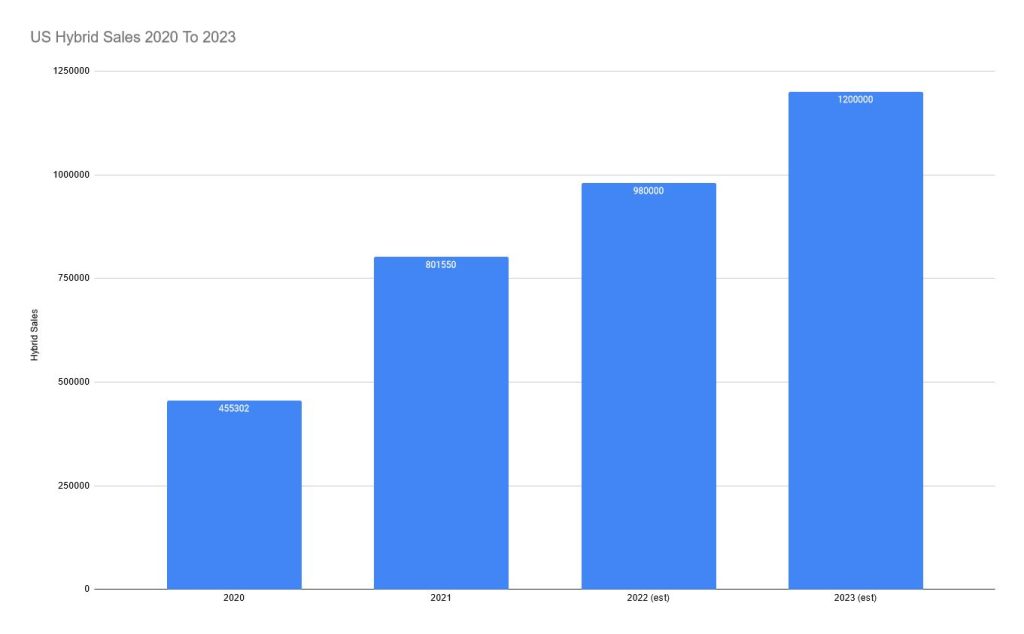
This is when hybrids experienced a massive surge in sales, both for being a reliable, petrol powered form of transportation, as well as being much, much less expensive than a full EV. In fact, year over year from 2020 to 2021, hybrid sales in the US shot up 76%, to a total of 801,550 units. That represents nearly 5% of the total US market, whereas in 2019, hybrids accounted for just 1% of the US market.
Through 2022 and into 2023, hybrids only gained more and more sales as EVs started to plateau. While EV sales did reach 1 million units across the USA in 2023, the sale of hybrid vehicles hit 1.2 million units over the same period. That represents a growth of 32.3% from 2021 to 2023. Even more impressive, that figure does not consider the nearly 150,000 plug-in hybrid units sold during 2023 as well. .
Conclusion
Many analysts are projecting that EVs will still overtake hybrids in the next few years. Some projections have that slated as early as 2025, while others are banking on the fulfillment of the “Green Promise” by many manufacturers to have 80% of their models as EVs by 2030. However, as has been seen recently, EV sales have slowed dramatically, while hybrids are continuing to sell hand over fist.
We think that EVs will indeed one day overtake the sale of hybrids, but agree more with the projection of it being closer to 2030 than as soon as next year. We base this on the fact that EV sales have slowed dramatically, for example the Ford Mustang Mach-E only growing year-over-year by 3% from 2022 to 2023, while hybrid sales are still surging upwards.
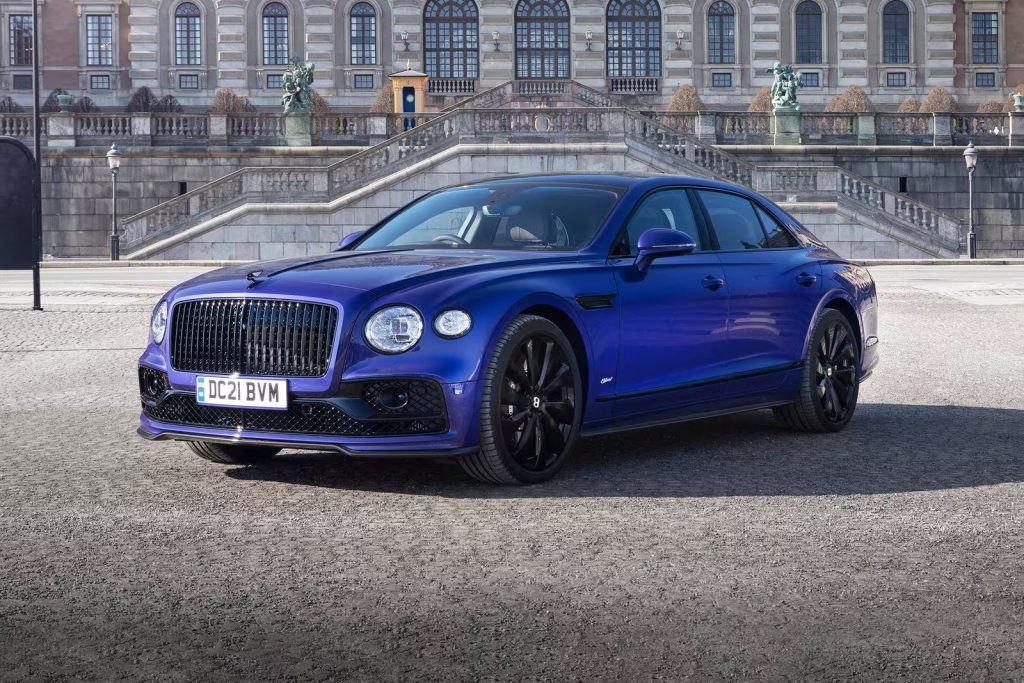
The simple fact of it is that unless and until the EV charging network is as prevalent and easy to access as driving into the petrol station to fill up, hybrids will still maintain their market superiority. Consumers in the modern world want three things from their cars: Utility, reliability, and convenience.
Filling a tank in 3 minutes compared to filling a battery pack in 63 minutes. Which would you choose as the more convenient?

